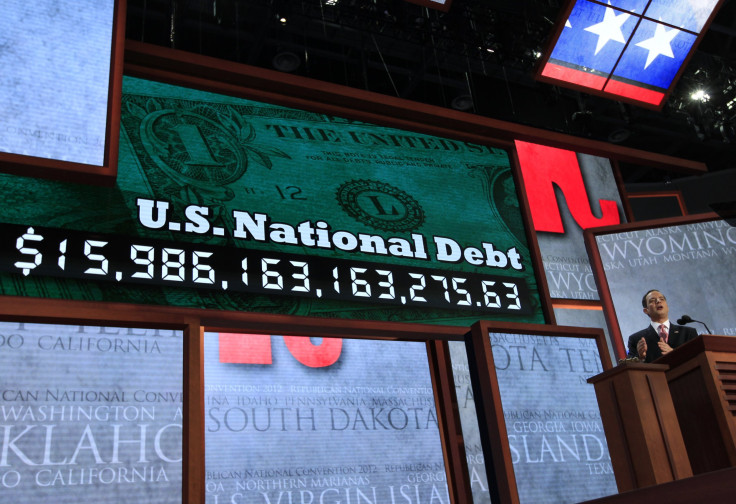US Budget Deficit Crosses $1 Trillion In August, Highest In Seven Years

The U.S. government’s fiscal deficit crossed the red line of $1 trillion in August. This happened the first time after a gap of seven years.
In 2012, the fiscal deficit ballooned to nearly $1.1 trillion.
According to the Treasury Department, the total budget shortfall rose to nearly $1.07 trillion as of August. At the micro-level, the deficit in August was more than $214.1 billion.
A report by Reuters said the U.S. government posted a $200 billion budget deficit in August per data released on Thursday. Analysts polled by Reuters had expected a $195 billion deficit for August.
The federal spending in August was $428 billion, which was 1 percent less than the same month in 2018. The receipts in August were $228 billion that marked an increase of 4 percent compared with August 2018.
Trump’s tax breaks ballooned the deficit
According to CNBC, President Donald Trump’s 2017 tax break for corporations and individuals also contributed to the bulging of the deficit.
In 2016, the deficit was just $584.6 billion. Last year, the maximum fiscal deficit was $779 billion.
The post-tax cut law Tax Cuts and Jobs Act slashed the U.S. corporate tax to 21 percent from the previous 35 percent.
The U.S tax rate now divides taxpayers into 7 groups. The tax cuts made viral Trump news and were marketed as a pathway to new investment, economic growth and more jobs in the market.
However, revenue has also increased marginally in 2019 to $280 billion a month. Expenditures also shot up and the current monthly average is $377 billion that is $25 billion more than the stats of 2018 per month.
Soaring national debt
Parallel to the widening fiscal deficit, the U.S debt also jumped. The national debt now stands at $22.5 trillion and had a 13 percent jump since Trump assumed office.
However, the small relief is that deficit as a percentage of GDP has shrunk significantly over the years, from 9.8 percent in 2009 to 5 percent now.
The US debt clock tracks the American debt. Installed at Anita's Way in New York city sandwiched between One Bryant Park and 151 West 42nd Street on Sixth Avenue in the City it updates on the national debt.
In the U.S. debt, two-thirds is public debt while the government also owes the rest by way of heads like SSN or Social Security funds and trust funds.
A good chunk of the debt is also managed by loans taken from foreign governments.

Trump planning more tax breaks
Meanwhile, reports said Trump is contemplating more tax cuts that would exclusively target the middle class.
There is a realization that the gains of tax cuts in 2017 were cornered by big corporations and the super-wealthy. So, Republican leaders wanted a sweeping second tax cut.
A few weeks ago, Trump himself said he is determined to “approve a major middle-income Tax Cut” most likely in 2021.
But reports that quoted Treasury Secretary Steven Mnuchin said those tax cuts will not be delayed and they may come much earlier than that.
© Copyright IBTimes 2025. All rights reserved.





















